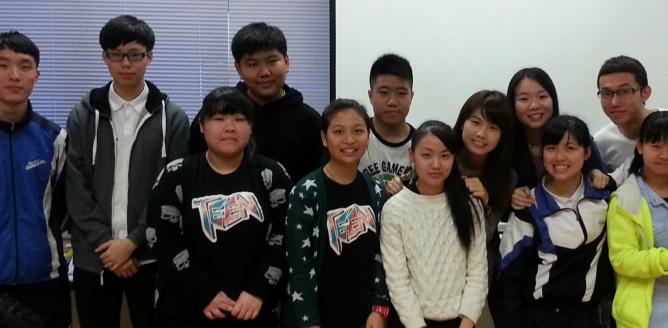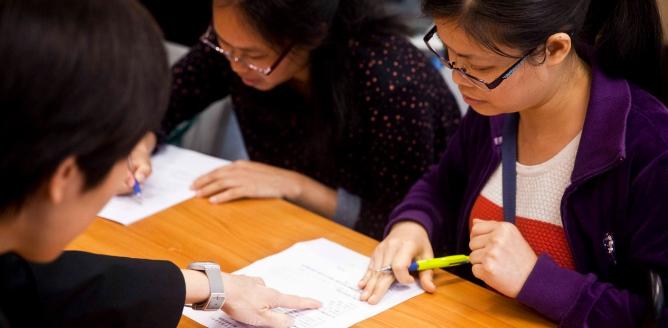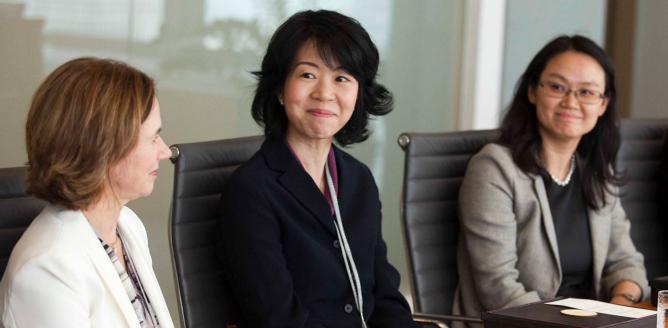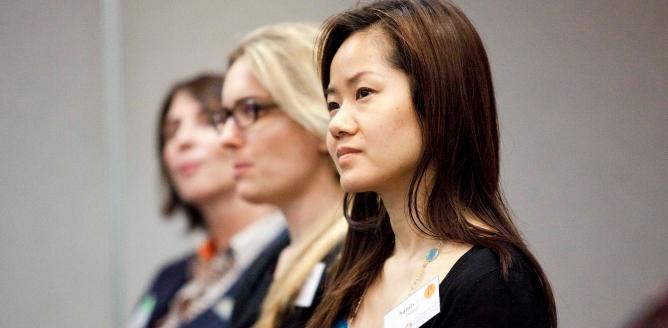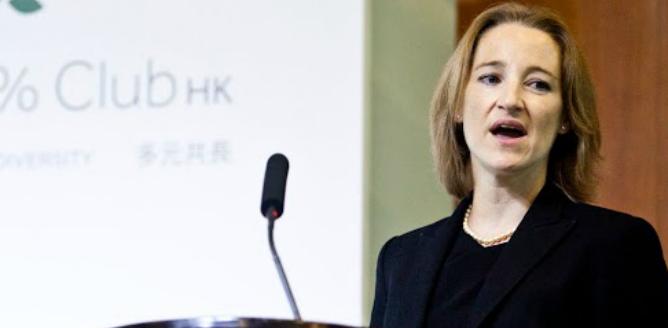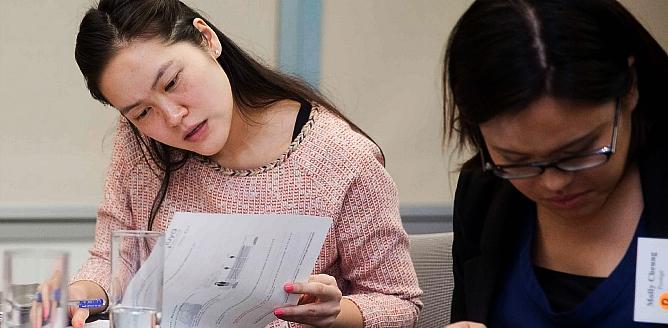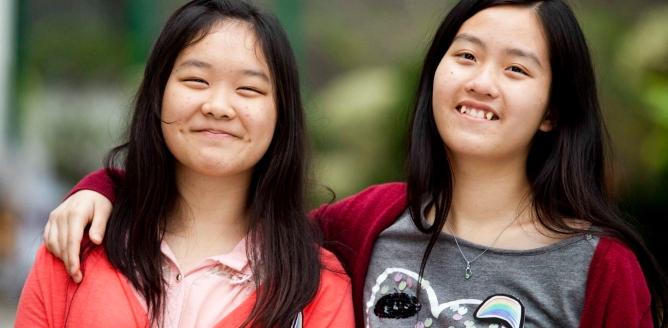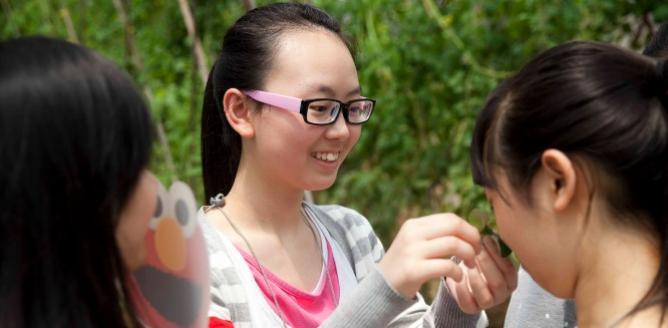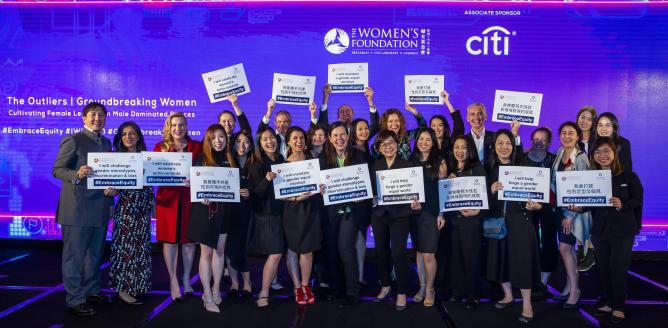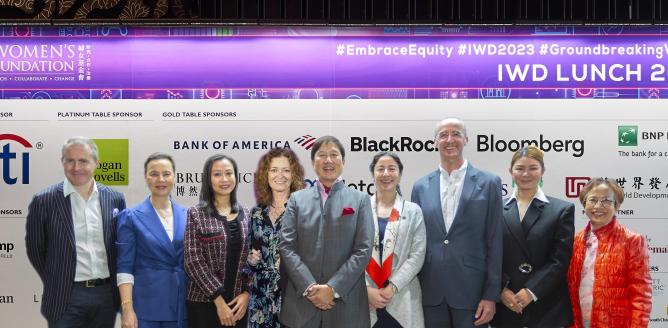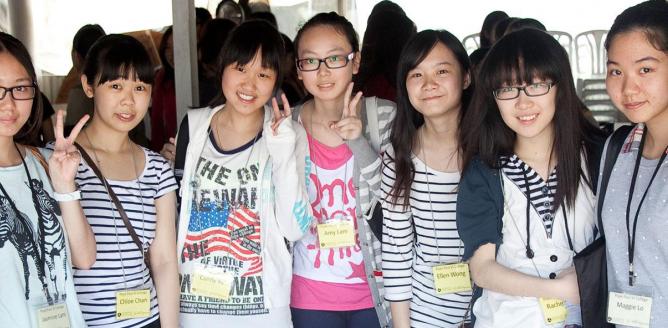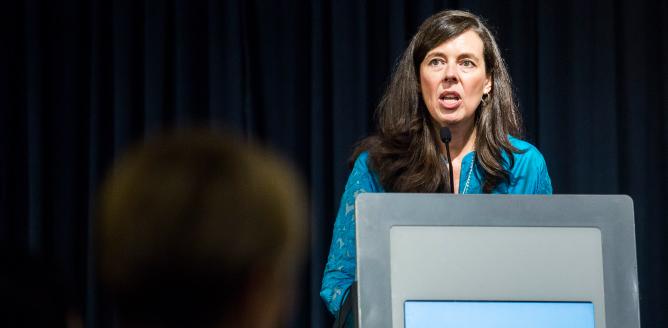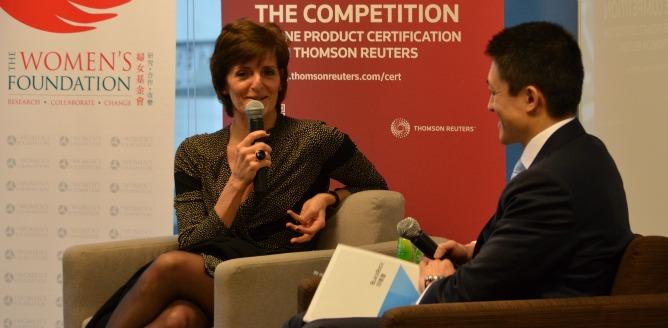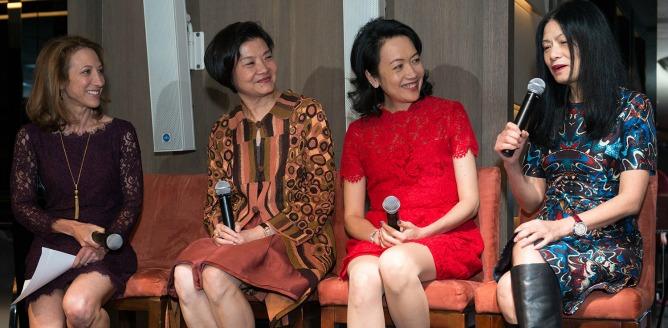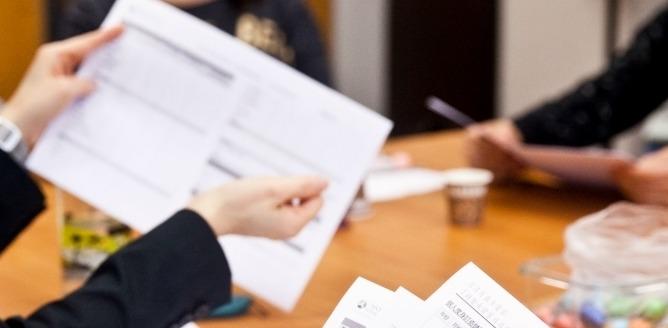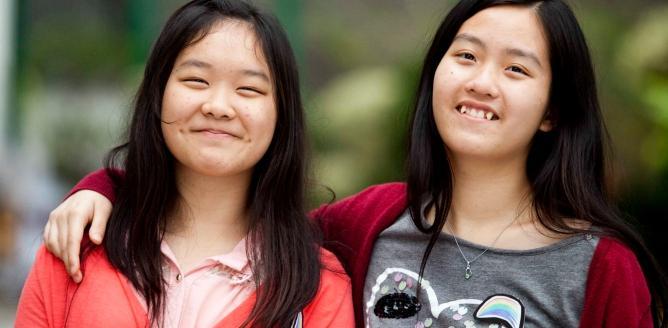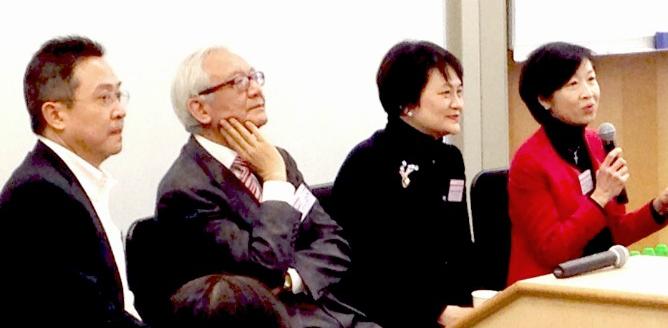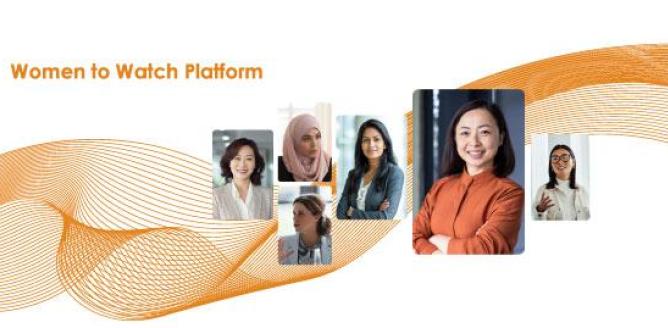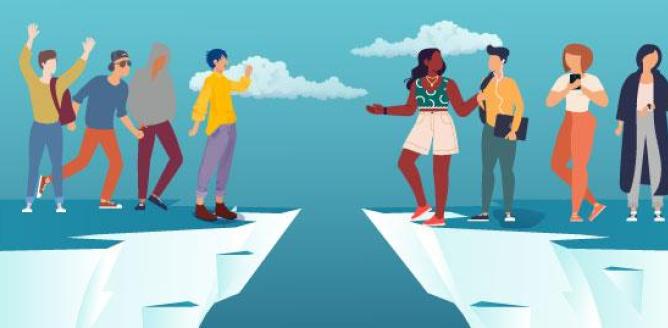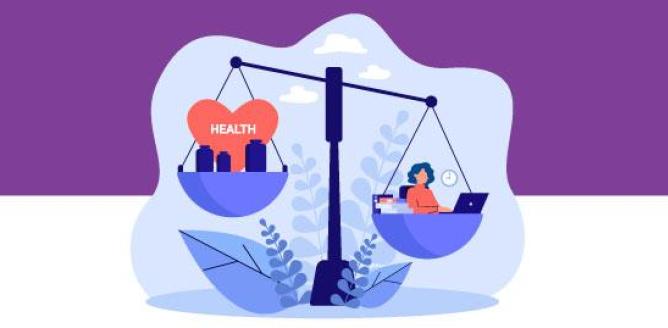Gender equality is sliding backwards according to the World Economic Forum’s Global Gender Gap Report 2016 published last Wednesday. The report estimates that gender equality won't be achieved until the year 2186. The same report in 2014 estimated parity by 2095 meaning that in just two years, the forecast for global gender parity has been pushed back 91 years and is now 170 years away!
The report is an annual benchmarking exercise that measures progress towards parity between men and women in four areas: Educational Attainment, Health and Survival, Economic Opportunity and Political Empowerment. In this latest edition, the report finds that progress towards parity in the key economic pillar has slowed dramatically with the gap – which stands at 59% – now larger than at any point since 2008.
Behind this decline are a number of factors. One is salary, with women around the world on average earning just over half of what men earn despite, on average, working longer hours taking paid and unpaid work into account. Another persistent challenge is stagnant labourforce participation, with the global average for women standing at 54%, compared with 81% for men. The number of women in senior positions also remains stubbornly low, with only four countries in the world having equal numbers of male and female legislators, senior officials and managers, despite the fact that 95 countries now have as many – if not more – women educated at university level.
The slow rate of progress towards gender parity, especially in the economic realm, poses a particular risk given the fact that many jobs that employ a majority of women are likely to be hit hardest proportionately by impending technological disruption. This “hollowing out” of female livelihoods could deprive economies further of women’s talents and increases the urgency for more women to enter high-growth fields such as those demanding STEM skills.
The best performers overall were Iceland, Finland, and Norway, although Rwanda (fifth) and Nicaragua (10th) showed that developing economies can also outperform in female empowerment. For East Asia and the Pacific region however, the gap stood at 68%, with a large distance between more gender-equal societies such as the Philippines (7th) and New Zealand (9th) and its laggards, including economic heavyweights China (99th), Japan (111th) and South Korea (116th). The sluggish pace of change in these larger nations in part explains why current projections suggest the region will not close its economic gap for another 111 years.
The WEF pointed to a “range of evidence to suggest that women’s political leadership and wider economic participation are correlated.” Female talent remains “one of the most underutilised business resources, either squandered through lack of progression or untapped from the outset,” a particular waste given that companies with senior female executive leadership are estimated to outperform on measures such as return on equity. The Philippines leads the way in promoting women to senior executive posts, ranking fourth in an ILO survey with women accounting for 48% of all managers. China ranked 85th with 17% while Japan and South Korea came in at 96th and 97th respectively due to barriers such as “housework, male-oriented corporate cultures, and a lack of female role models”.
For Asia, the economic imperative of closing the gender gap is shown by estimates that it could add US$526 billion to Japan’s GDP while China could see a US$2.5 trillion GDP increase by 2020.
As the report notes, “These forecasts are not foregone conclusions. Instead, they reflect the current state of progress and serve as a call to action to policy-makers and other stakeholders to double down on efforts to accelerate gender equality”. The pressure is on for all of us to do more!

